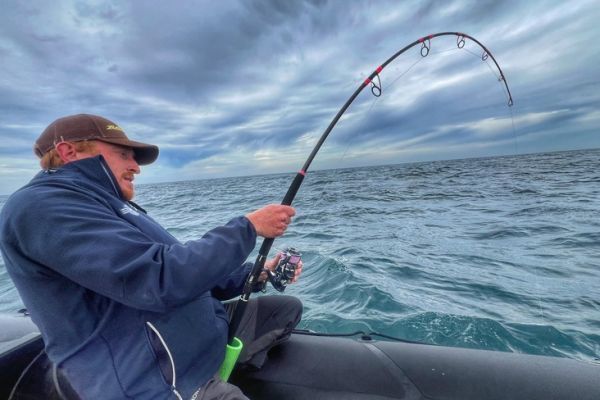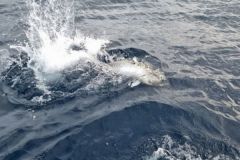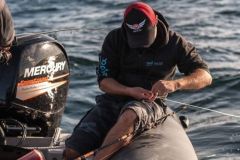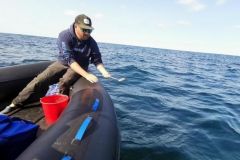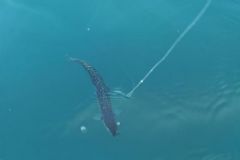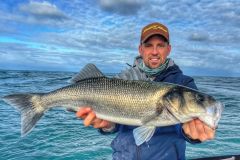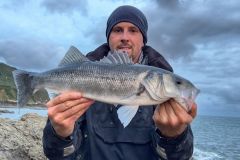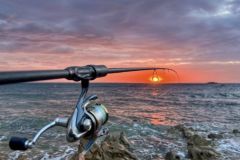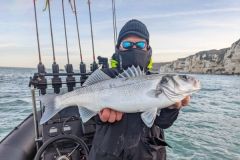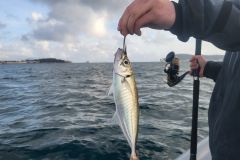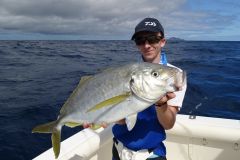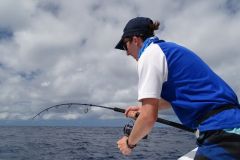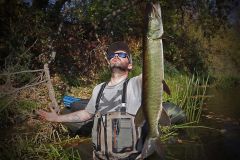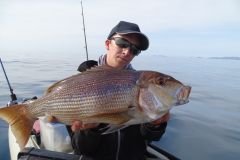As they say, all good things must come to an end...
The bluefin tuna fishing season is slowly drawing to a close. On paper, there's still a month to go, but the reality at sea is quite different: weather conditions are deteriorating, making trips increasingly rare. And I have to admit that, at this stage, I'm beginning to miss tracking down other species.
Every year, I look forward to mid-July, when I put everything else on hold to devote myself entirely to bluefin tuna fishing. For three months, this passion brings me intense moments: unforgettable encounters, moments of doubt, adrenalin, joy and sometimes frustration...
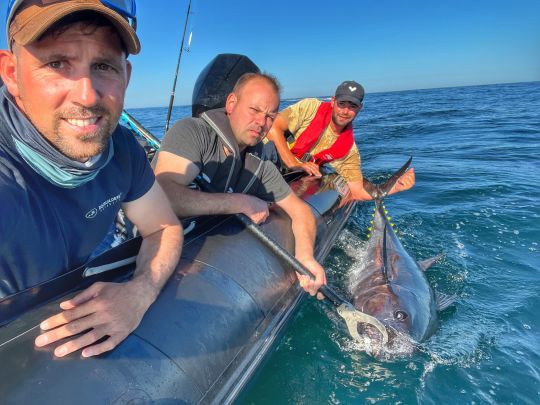
But as is often the case, it's time to turn the page. At the end of the season, I always feel the need to rediscover other sensations, to refocus on bass fishing.
Autumn and early winter offer the best conditions for stalking big fish, in a very different but just as exciting atmosphere.
A complicated session despite a good density of fish
Like every year, we see a different pattern of behavior at the start of the season. Fish are more wary and difficult to approach. Some very active hunts stop immediately if you get too close.
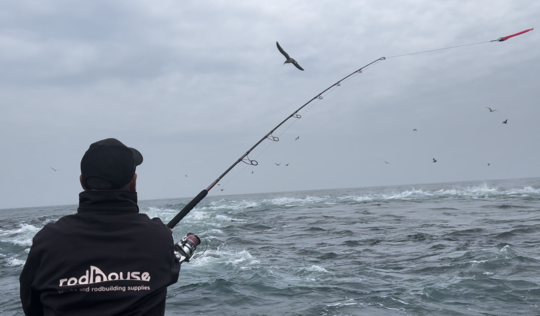
Tuna, despite their intense hunting activity, are much more difficult to bite. They seem to flee after seeing a large number of decoys and boats in the vicinity.
The feeding frenzy of the early season is no longer the same, making fish less aggressive and much more selective on lures.
Small fish
This latest outing revealed that the fish in the area are small. While the average in the Channel is between 60 and 80 kilos, we found fish between 40 and 55 kilos.
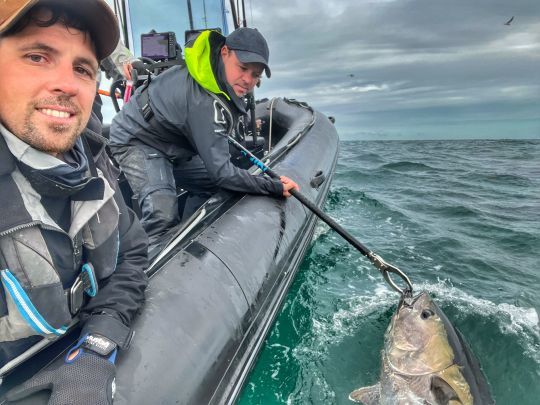
Can we take a positive view of this and say that the resource is doing well?
I don't have the necessary hindsight to confirm this, but the facts are there. Over the years, fish density in the Channel has increased. We don't have the large specimens found in the Atlantic or on the Pointe Bretagne, but rather fish that come here to feed during their first years.
The popper that stands out from the crowd
We often tend to offer lures that imitate as closely as possible the prey hunted by predatory fish. But in the face of numerous refusals, we opted for another approach: playing on food competition by using lures much larger than the natural prey.
We had several options: either a big soft lure or a big popper capable of causing noise and agitation on the surface. We opted for the latter, and it has clearly paid off!
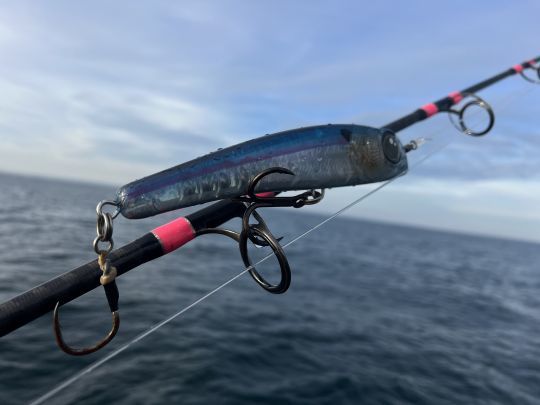
The choice of poppers is vast, but one model in particular stands out: labana Big Shake . It doesn't produce a big splash on the surface like some other models. When fired, it passes slightly below the surface, leaving behind a fine trail of bubbles. We obtained the best results with linear animation, with pauses of varying length.
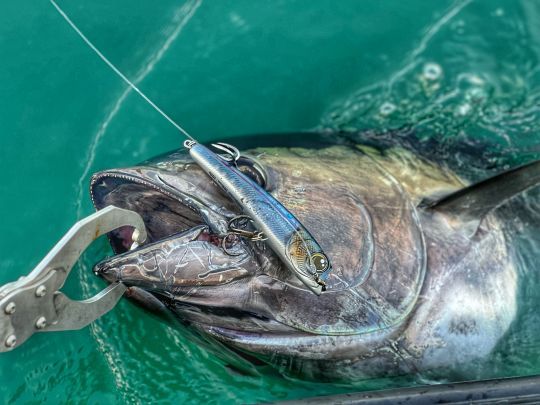
This was probably the last outing of the 2025 season. In a future article, I'll look back at this special year, generally successful, but marked by a few more difficult periods, when the fish were either nowhere to be found or totally uninterested in our lures.
Now it's time for the end of the season, which is often the perfect time to go bar-hopping!

 /
/ 